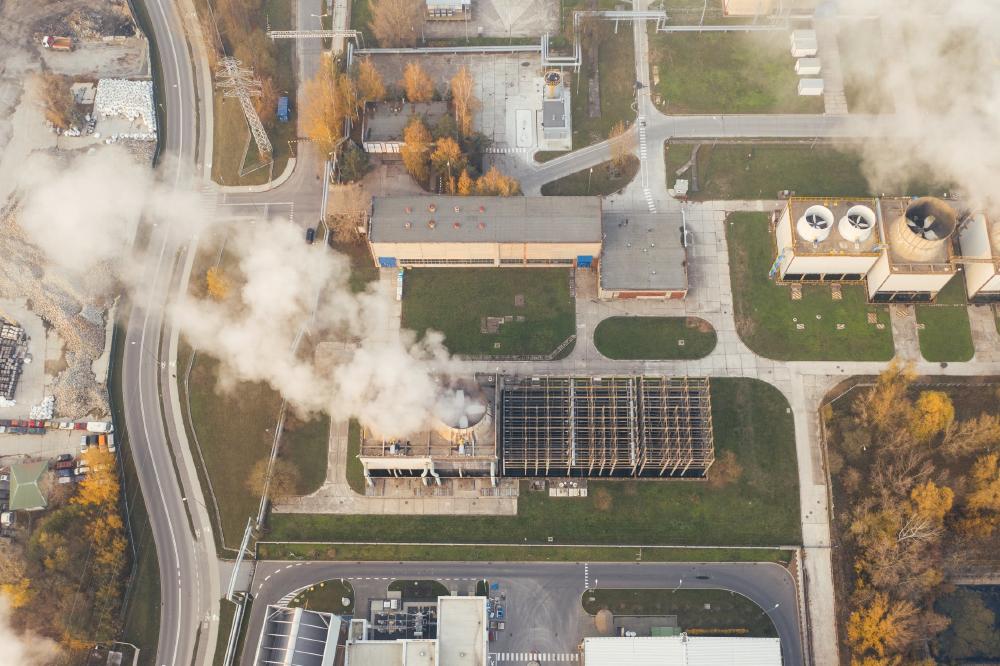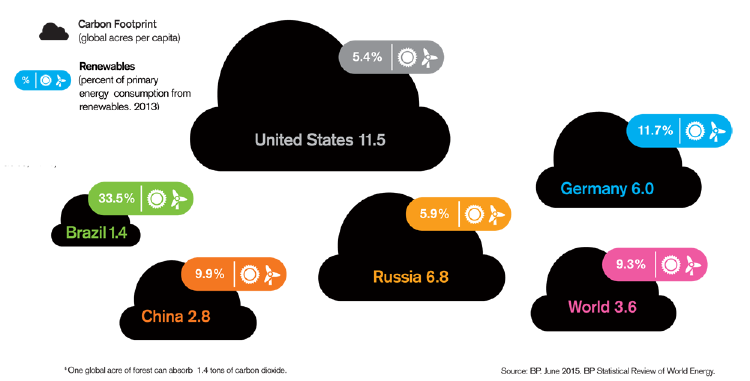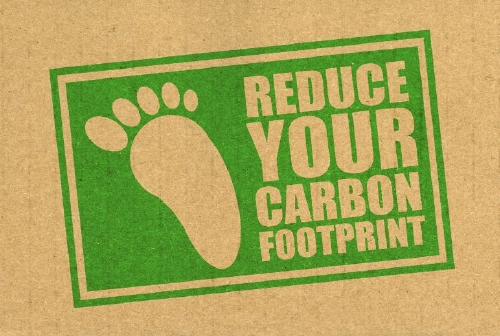
If you are a recurrent reader of our blog, you'll notice that it's not the first time we address this issue. We've done it in previous articles (Water Footprint: How Much Water it Takes to Make Things) and we'll continue doing so because we consider the more you read and the more you spread the word about it, the better. So whether you've read us previously or not, let me tell you what we bring to you this time. We'll try to understand together some data as regards what this Carbon Footprint: What This Is and What We Can Do about It?
Last but not least, we'll share some simple every day actions you can do to do something about this and to further contribute to the preservation of our Planet. So, if we already caught your attention, you're most welcome to keep on reading!
An article in the New York Times defines a carbon footprint as the total amount of greenhouse gas emissions that come from the production, use and end-of-life of a product or service. It includes carbon dioxide — the gas most commonly emitted by humans — and others, including methane, nitrous oxide, and fluorinated gases, which trap heat in the atmosphere, causing global warming. Usually, the bulk of an individual’s carbon footprint will come from transportation, housing and food.
Let's take for instance, the water carbon footprint. The water footprint can be measured at several levels: from individual consumption (like the amount of water you and me use daily), a community, or a company, and it’s defined as the total volume of freshwater used to produce the goods or services consumed by the individual and community or produced by the company, so to speak. This means it can be measured for one single process such as growing beans, for a single product like a book, for the food we buy, or even for a whole transnational grocery store. We can even know how much water is consumed by a particular country or city.

Together, these components give us a comprehensive picture of water use by outlining the source of water consumed, and the volume of fresh water required for the assimilation of pollutants. And as it goes for water, it goes for each of our natural resources.
So the bad news is to find out, once again, that human activities have a terrible negative impact on the Planet. We use our natural resources irresponsibly and we indirectly cause well known environmental problems such as pollution (air, water and sound contamination, all of them count), depletion of the ozone layer, alteration of ecosystems and thus, the most terrible problem we've been facing for decades: global warming, that is the alteration of temperature patterns all the world over.
On the other hand, the good news is that we now know about this and we can measure the impact of our carbon footprint in an easy way! And most importantly, we can create or modify our consuming habits in order to reduce the impact of our carbon footprint.

You can start the process by taking into consideration, first, the following:
Once you've considered this, please make you own calculation here and remember that no matter how you score, there's always something you can do and we'll explore some alternatives together!
So, as you've noticed after taking this easy quiz, the measurement of your carbon footprint is determined by:

These days, an individual in the United States produces an average of 16 tons of carbon footprint, which represents one of the highest rates in the world. Now, speaking more globally, the average comes close to 4 tons. It will take a huge effort and compromise among all of us as a community to reduce by 2 tons this average rate by the year 2050. It's the only way to avoid a rise of C° in global temperature patterns. What say you? You can contribute to this drop taking very simple action. Let's check together some new habits you can get into!
Is there anything we can do to reduce this impact? Of course, there is. Let's check some simple ways in which you could be reducing your carbon footprint. But there is no magic tricks here, and this necessary individual drop of an individual's carbon footprints from 16 tons to 2 won't happen all of a sudden. But! Only by introducing slight changes into our lifestyle - not eating meat or dairy products- using public transportation more or buying second-hand clothes, just to mention a few- together we can make a substantial change. Don't you think it's worth trying?
Did you know that the carbon dioxide emissions produced by transportation significantly outgunned the emissions produced by electricity generation as the number one source of greenhouse gases? Why? According to 2017 study from researchers at Lund University and the University of British Columbia, the process of producing electricity is changing to use less coal and more renewable resources such as natural gas.
Let's imagine for as second, that you can decide not to use your car for an entire year, you'll be saving around 2.6 tons of carbon dioxide - which by BTW, it's a little bit more than a roundtrip transatlantic flight. Yap, a lot! How can you stop using your car? Have you ever tried taking a train, bus or even better yet, rode a bike?
It's widely popular already and most experts would mostly agree that cutting down on meat, and red meat in particular, is a better choice for the environment. Why so? Just all the industry of red meat only takes a lot of land that usually comes from deforestation and tons of ground water which is not renewable.
So, going vegan might be best for the environment! And guess what else? You would be contributing a lesser suffering of animals like cows, pigs or chickens that live on poor conditions in farms, slaughterhouses and lookalikes. Besides, a study published in 2017 in the journal Environmental Research Letters, states that red meat can have up to 100 times the environmental impact of plant based food. If you like this idea, please check our article: How to go Vegan with no setbacks, especially for beginners.!
That this is a big issue in our country is out of question: on average, Americans waste around 40 percent of the food they buy.
Luckily, there are simple solutions to lower your food waste and save some money!

We are very used to the habit of using a tumble dryer as part of the daily laundry. But you may consider hanging out the washing, instead. Believe it o not, hanging the washing out instead of using the tumble dryer can contribute to saving around 153 kg of carbon dioxide per year, which means paying less money in the electricity bill, too!
Starting to buy only the things that you need is already a strong first step! Try buying second hand clothes, for instance. But whatever it is you’re shopping for — groceries, home goods, toys and whatever else — there are ways to take the climate into account.

The issue of the impact of our individual and collective carbon footprint is serious and we can take some action, almost effortlessly. So, what do you think? Can you do it? I bet you can.
If you want to read more about SDG, check this article: Sustainable Development Goals (SDG): How to Put Them In Practice?